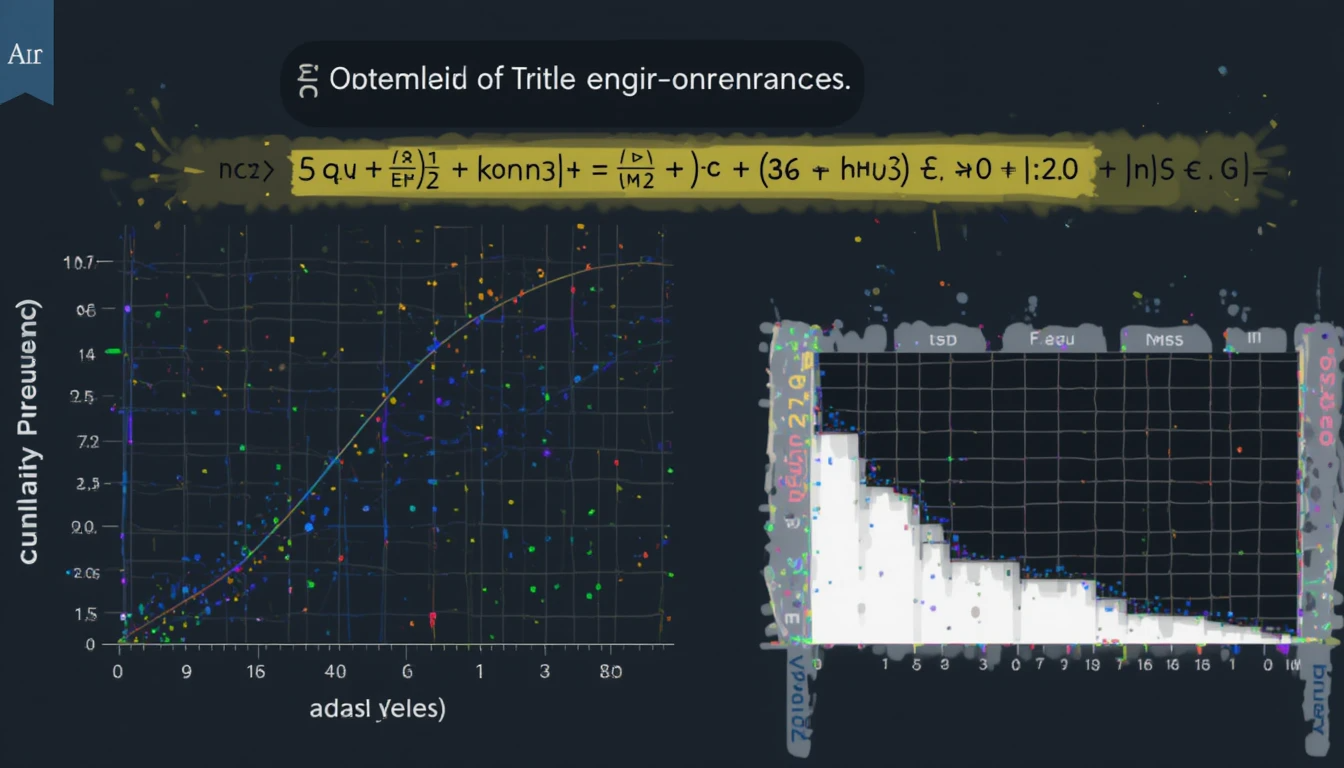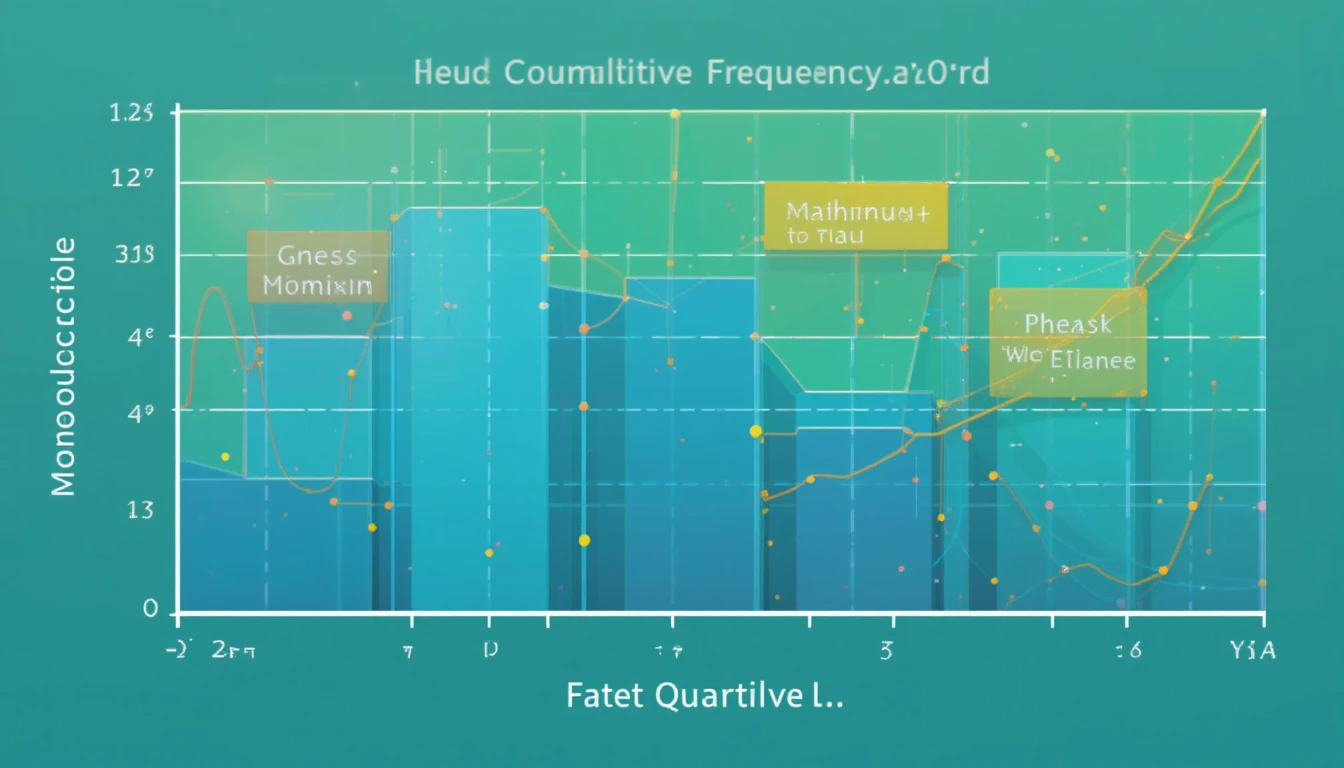Box plots and cumulative frequency graphs are essential tools in statistics. They help us make sense of large sets of data in a simple and visual way. If you are struggling with these concepts or just want to improve your skills, this guide on “Box Plots Maths Genie” will help you. Let’s break down these concepts step by step, making it easier for you to understand and apply them.
What Are Box Plots maths genie?
Before we dive into the details, let’s first understand what box plots maths genie are. A box plot is a type of graph used to display the distribution of a data set. It shows the minimum, maximum, median, and the quartiles (which divide the data into four equal parts). This is why box plots are sometimes called “box-and-whisker plots.”
In a box plot maths genie, the box shows the middle 50% of the data, and the “whiskers” show the minimum and maximum values. By looking at a box plot, you can quickly see how the data is spread out and if there are any outliers (values that are much higher or lower than the others).
Key parts of a box plot:
- Minimum: The smallest value in the data set.
- First Quartile (Q1): The value that splits the lowest 25% of the data.
- Median (Q2): The middle value of the data.
- Third Quartile (Q3): The value that splits the lowest 75% of the data.
- Maximum: The largest value in the data set.
- Outliers: Data points that are significantly different from the rest of the data.
Box plots are great for understanding the spread and distribution of data in a clear, easy-to-read format.
Box Plots Maths Genie Answers: How Do You Read Box Plots?
When working with box plots maths genie, it’s important to know how to read them. The Maths Genie website offers many resources that can help you understand and practice interpreting box plots. Let’s look at a simple example to show how to read a box plot.
Consider the following box plot:
mathematica
Copy
|—-|—-|—-|—-|—-|
Min Q1 Median Q3 Max
In this example:
- The Min is the smallest value in the data set.
- The Q1 is the first quartile, which marks the 25% point of the data.
- The Median is the middle of the data.
- The Q3 is the third quartile, which marks the 75% point of the data.
- The Max is the largest value in the data set.
Cumulative Frequency and Box Plots Maths Genie Answers
Cumulative frequency is closely related to box plots because it helps us understand how many data points fall below a certain value. Cumulative frequency graphs, which are often paired with box plots maths genie, show the total number of data points less than or equal to each value in the data set.
A cumulative frequency graph is a plot where the y-axis shows the cumulative total, and the x-axis shows the data values. This graph helps us see how the frequency of data points builds up as we move from left to right across the data values.
You can create a cumulative frequency graph by:
- Organizing the data in increasing order.
- Adding up the frequencies of each data value or range.
- Plotting these cumulative totals against the data values.
When you combine a cumulative frequency graph with a box plot, you get a clearer picture of how the data behaves. The box plot shows you the key values (min, max, quartiles, etc.), while the cumulative frequency graph gives you more details about the number of data points below those values.
How to Create a Box Plot Using Cumulative Frequency
Here’s a simple guide to creating a box plot from a cumulative frequency graph:

- Step 1: Organize the data. Sort the data in increasing order.
- Step 2: Create the cumulative frequency. Start adding the frequencies as you move through the data.
- Step 3: Find the median and quartiles. Use the cumulative frequency graph to find the positions of the median (Q2), first quartile (Q1), and third quartile (Q3).
- Step 4: Draw the box plot. Mark the minimum, Q1, median, Q3, and maximum on the graph. Then draw the box and whiskers accordingly.
The Maths Genie cumulative frequency answers section provides great practice problems and worked-out solutions that can help you understand these steps more clearly. Try using the Maths Genie website to check your answers and improve your skills.
Cumulative Frequency Graph Maths Genie: How to Use It for Better Understanding
A cumulative frequency graph is a great tool for visualizing data. It shows you the running total of data values, making it easy to see how the data accumulates. You can use this graph to find out important details like:
- The median of the data
- The range of the data
- Whether the data is skewed to the left or right
Maths Genie’s cumulative frequency graph section can guide you through creating and interpreting these graphs. By practicing with their questions, you’ll get better at understanding how data behaves and how to draw accurate graphs.
Box Plots Maths Genie: Practice and Answers
To truly master box plots and cumulative frequency, it’s important to practice. Maths Genie provides a wide range of problems for you to solve. Whether you’re a beginner or looking to improve your skills, these problems are designed to help you learn and grow.
Some tips for practicing:
- Work through example problems step by step.
- Check your answers against the ones provided by Maths Genie.
- Try to understand why certain steps are done in the way they are, instead of just memorizing the process.
Common Mistakes in Box Plots and Cumulative Frequency Graphs
When learning about box plots and cumulative frequency, students often make a few common mistakes. Here are some of the most common errors and how to avoid them:
- Not ordering the data correctly: Always make sure your data is in increasing order before you start creating a box plot or cumulative frequency graph.
- Misreading the cumulative frequency graph: It’s easy to misinterpret the graph if you don’t pay attention to the axes carefully. Be sure to check the scale on the y-axis.
- Forgetting outliers: Outliers can affect your box plot, so always check if there are any unusual data points that need to be marked separately.
By practicing regularly and learning from your mistakes, you’ll get better at interpreting box plots and cumulative frequency graphs.





